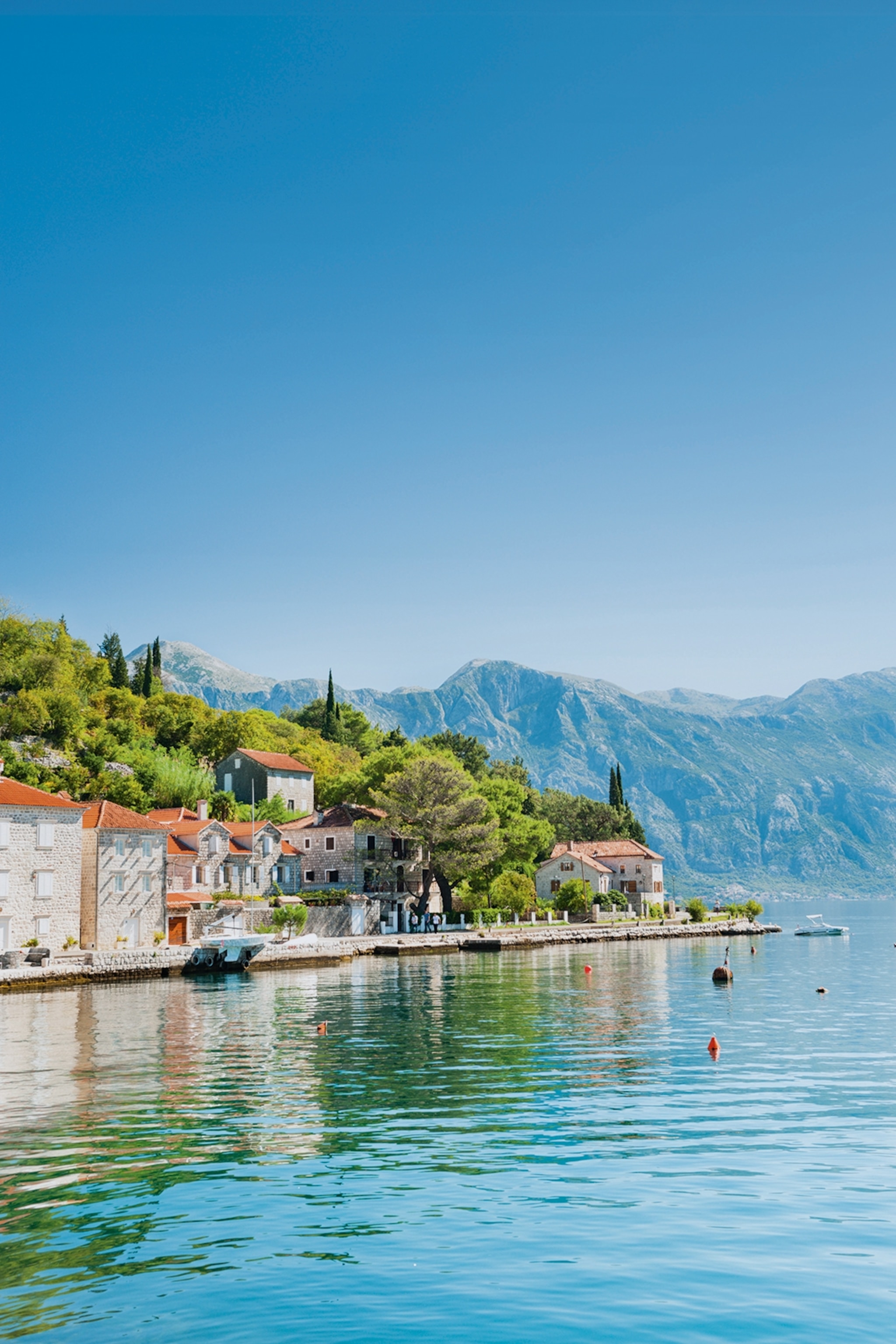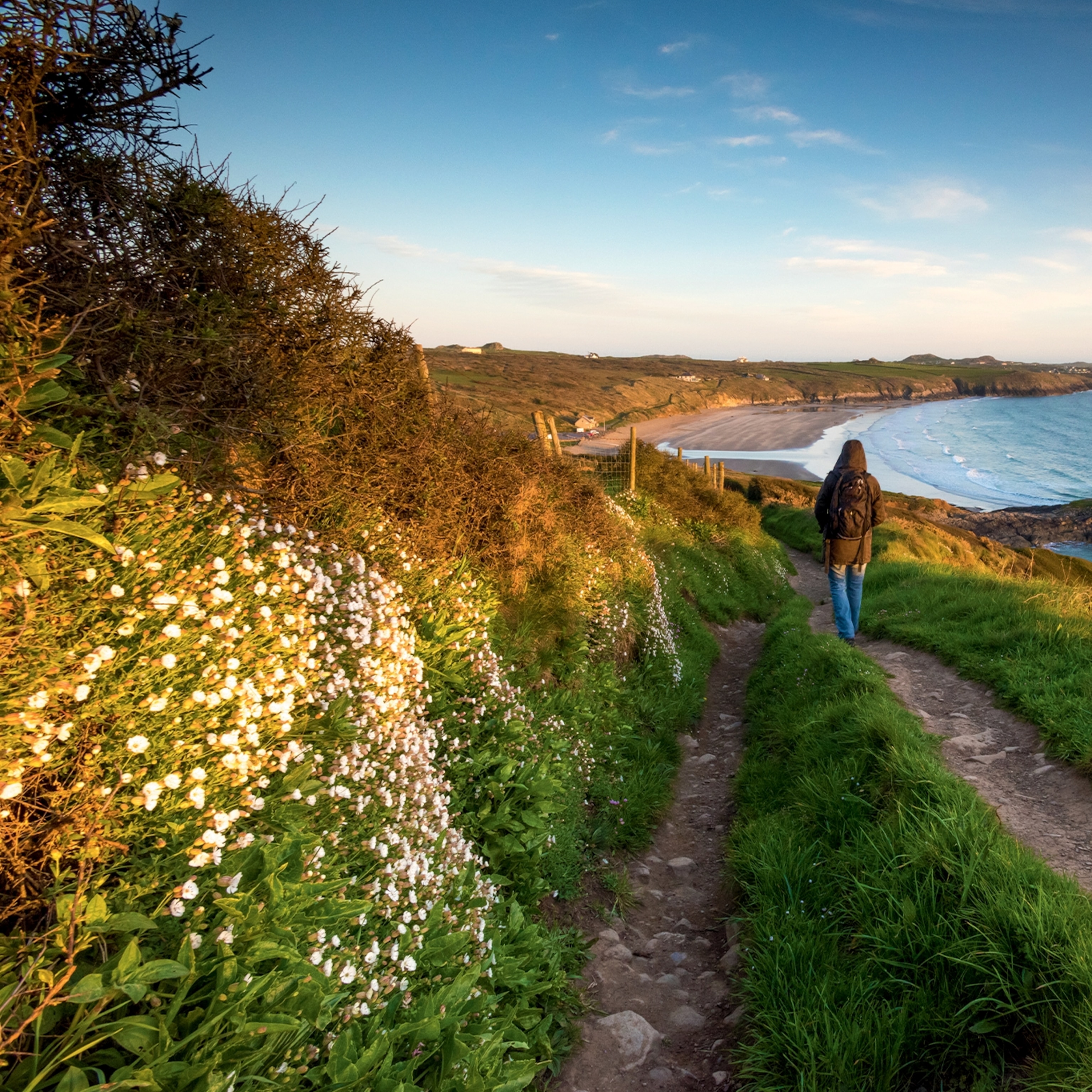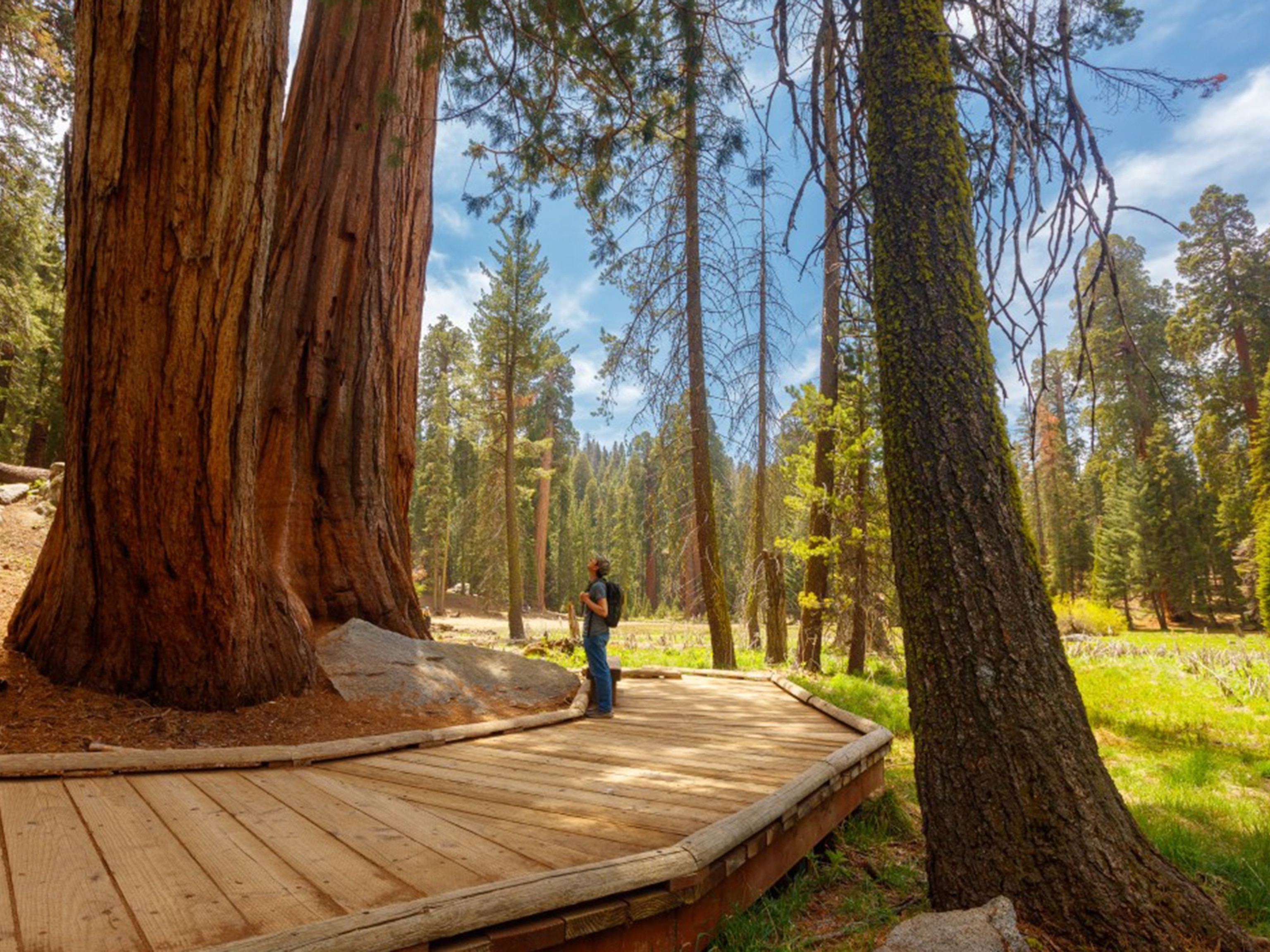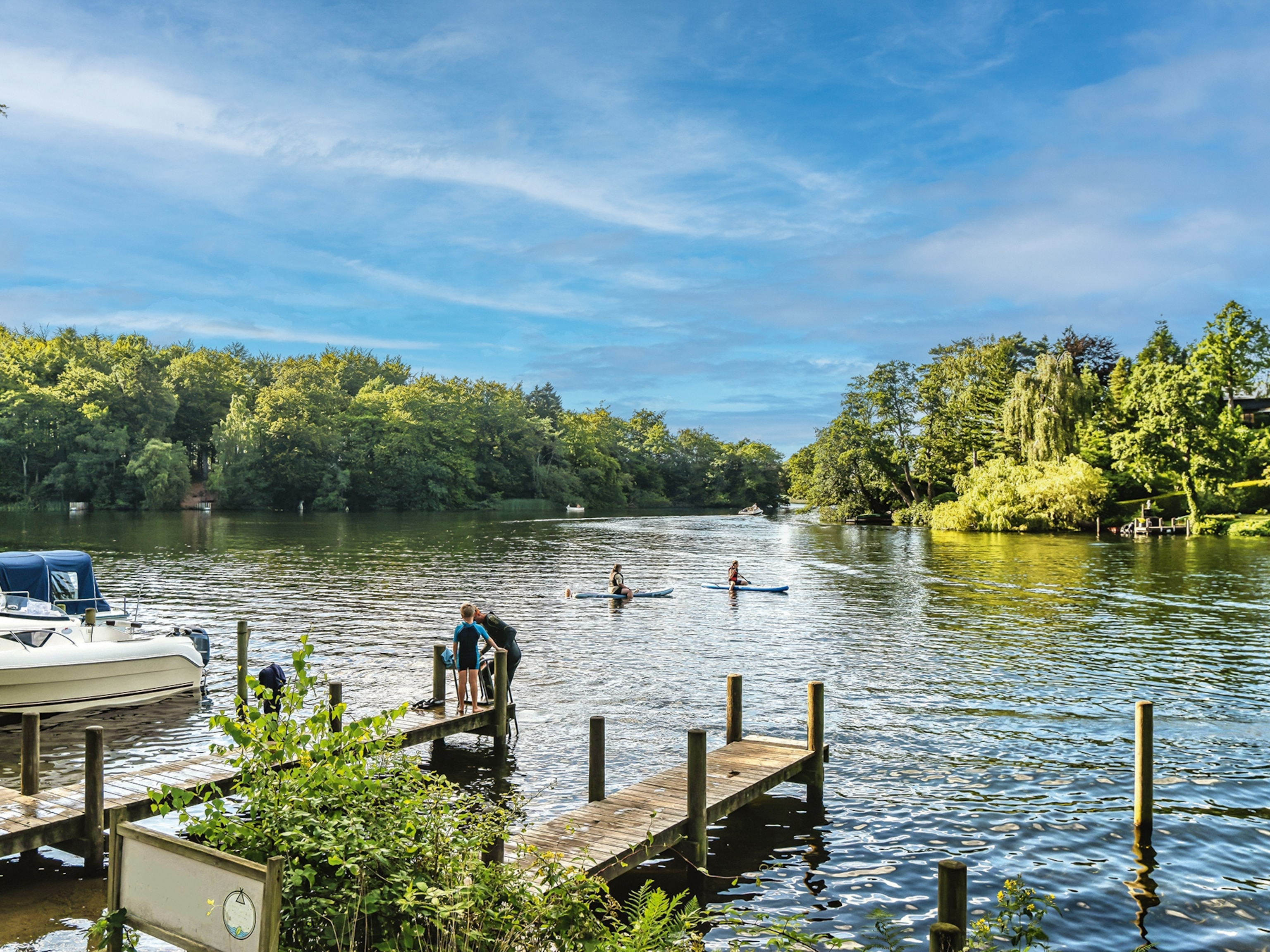How to plan the ultimate Adriatic coastal adventure in Montenegro's Bay of Kotor
Tucked along the Adriatic coast, this bay showcases Montenegro at its most idyllic, with buzzy towns, one-of-a-kind culinary experiences and mountainous national parks on its doorstep.

Over the past decade, Montenegro has quietly cultivated a reputation as one of southeastern Europe’s most eclectic travel destinations. Though smaller than many of its Balkan neighbours, its alpine interior has much to offer the adventurous traveller, from white-water rafting in dramatic gorges to skiing and snowboarding in winter.
However, it’s on the coast that the country shines brightest. Ringed by the Dinaric Alps and encompassing the municipalities of Kotor, Herceg Novi and Tivat, the Bay of Kotor — or Boka Bay as it’s known locally — is an undulating succession of cerulean coves, pebble beaches and UNESCO-listed medieval towns. all of which sit beneath Mount Lovćen, the ‘black mountain’ that gives Montenegro its name.
Montenegrins may pride themselves on their chilled-out demeanour but, in warmer months, Boka Bay’s pedestrianised urban centres throng with locals flitting between wine bars — live jazz flooding onto town squares where cats laze contentedly. Its religious art and medieval architecture now sit alongside increasingly creative culinary experiences, not to mention a growing infrastructure for active exploration. And, with new flight routes from the UK to Tivat Airport making the region more accessible than ever, popular bases such as Kotor are primed for short breaks.
Day 1: Medieval towns and mountain hikes

Morning
Start with a hike along Kotor’s fortified city walls, which date back to the 9th century and snake up to the San Giovanni fortress. It’s a steep climb, but worth it for the epic views over the bay. On the way down, stop by the Church of our Lady of Remedy, completed in 1518 and said to grant good health to those that visit for a prayer. Cool off with baked peach and vanilla ice cream from stone-fronted Moritz Eis before exploring the Old Town’s Venetian-style squares and alleyways, which are full of cafes, wine shops and trinket-laden boutiques. Don’t miss St Luke’s Church — which has a combination of Catholic and Orthodox altars — or St Tryphon’s Cathedral, a shimmering basilica dedicated to the town’s protective saint.
Afternoon
It’s a short drive from the Old Town to Kotor Cable Car, which climbs some 4,300ft to the rocky heights of Lovćen National Park. Prior to the lift’s opening in 2023, the only way to reach the 24sq-mile park was via the tight hairpin turns of ‘Serpentine Road’. Many still ascend this way, watching the views slowly unfold. High-octane adventures await those who make it to the top — from an alpine rollercoaster to gruelling hiking routes. But the mountain’s crowning jewel is its mausoleum, said to be the highest in the world. Whipped by cold winds 5,500ft above Boka Bay, it’s the resting place of 19th-century prince-bishop Petar II Petrović-Njegoš. On a clear day, the view stretches all the way to Albania.
Evening
At sunset, drive eight miles west to Perast, a waterfront town bursting with baroque palaces, and catch the five-minute ferry to the islet of Our Lady of the Rocks. It’s said that in 1452 an icon of the Madonna was found here, caught on a jutting crag. Passing sailors went on to lay stones on the site, forming a man-made island upon which a Byzantine-style church was built in the 17th century. Inside, the walls are lined with silver pieces bearing maritime motifs — gifts made by seamen to thank the Virgin Mary for their safe passage. Not all could offer silver; the church museum displays five centuries’ worth of offerings, from anchors to photographs. Back in Perast, take an ocean-side table at Riva to enjoy seafood caught from the bay.

Day 2: Farms and feasts
Morning
As the sun begins to creep over the peaks, make for the sanctuary of Gornja Lastva. This small settlement on the slopes of Vrmac mountain, just above Tivat, is home to just one full-time resident. Narrow streets lined with traditional stone houses and overgrown pomegranate trees lead to the heart of the village. It’s here you’ll find the Church of Saint Maria. Built in 1410, this Roman Catholic church features original Orthodox frescoes, evidence of the region’s diverse religious heritage. Book a tour of 19th-century Gornja Lastva Olive Mill for insight into the processes behind one of the area’s most coveted products. After hearing how it was used to press olives into oil, stop for a mid-morning snack of priganice, a deep-fried doughball served with honey and best enjoyed with a warming shot of Montenegrin rakija, a type of brandy.
Afternoon
A 20-mile drive along coastal roads brings you to the Luštica Peninsula. The last headland before the Adriatic, the area is home to a wealth of fortresses. Take Mamula Island, an isolated 19th-century fort reimagined as a 32-room luxury hotel. Opened in 2023 — and open to day visitors — it has three restaurants and a secluded pool deck. Alternatively, get a bird’s-eye view of the island from the terrace of Herceg Novi Pony Art Garden, a family-run farmstead in the Luštica hills. Hosts Žizela Marković and Nenad Obradović serve up course after course of Montenegrin specialities, from slow-roasted red pepper dips to meaty black squid risotto, all washed down with local wines and traditional fruit brandies. Before you leave, be sure to feed the ponies and donkeys that live in the backyard.
Evening
Lean into the luxury side of Boka Bay at Porto Montenegro. This modern marina has become a magnet for the superyacht set, thanks to its high-end restaurants, bars and fashion boutiques. Take a sunset walk along the palm-lined promenade to nosey at the ships before swinging by Buddha-Bar Beach for pre-dinner cocktails soundtracked by a chilled-out DJ set. For dinner, take a ferry across the water to Ćatovića Mlini restaurant. The lush gardens and bubbling fountains of this former mill provide the perfect setting for a seafood tasting menu. Highlights include saffron and shrimp risotto and crispy sea bass in truffle sauce. Opt for the wine pairing, which includes a selection of Montenegrin wines, including a special edition red Vranac from the Plantaže winery in Podgorica.
Three more adventure bases
1. Cetinje
Montenegro’s capital until 1946, the southern city of Cetinje lays claim to King Nikola’s Palace, once the seat of the Montenegrin royal family and now a fascinating museum. The exhibits explore the reign of King Nikola I, with a series of perfectly preserved bedrooms and reception areas offering a glimpse into 19th-century royal life. The city is also just a 10-minute drive from Lipa Cave, one of Montenegro’s most spectacular subterranean destinations. Knowledgeable guides lead excursions into the one-and-a-half-mile web of passages, emerging into colossal caverns where huge stalagmites rise from the depths. Wine-tastings and concerts are occasionally held here, too, the latter making use of the unique acoustics.

2. Zabljak
This small town in the forested north serves as a gateway to Durmitor National Park, a vast 79,000-acre wilderness home to three canyons, 18 glacial lakes and around 50 peaks over 6,500ft. Durmitor is a top spot for thrill-seekers, with opportunities for climbing, horse-riding, mountain biking and even ice cave visits. When it comes to hiking, beginners can find their feet on the gentle loop around Crno Jezero — named the ‘Black Lake’ due to its ink-blue water — while more serious hikers can test their mettle scrambling up 8,300ft Bobotov Kuk. The views get even better over at Tara River Gorge. One of the deepest canyons in Europe, its dramatic chasms make for exhilarating white-water rafting and kayaking trips.
3. Kolašin
Founded by the Ottomans in the 17th century, the former fortress settlement of Kolašin promises high-altitude adrenaline all year round. At the foot of the northerly Bjelasica and Sinjajevina mountains, there are two winter snowsports centres: Kolašin 1600 and Kolašin 1450, with plenty of gentle runs making the 30-mile shared ski area great for families and beginners. In warmer months, Kolašin’s greatest draw becomes its proximity to Biogradska Gora. Though the smallest of Montenegro’s five national parks, its landscapes are unparalleled. The area’s high levels of rainfall mean that the glacial waters of Lake Biograd are surrounded by virgin temperate rainforest, home to countless bird species and trees up to 500 years old.
It takes less than three hours to reach Tivat Airport from the UK. Fly with Jet2 or easyJet. It’s a 15-minute drive to Kotor Old Town from the airport.
Where to stay:
Stay at Heritage Grand Perast by Rixos, a restored 18th-century palace, with doubles from £244, B&B. For a modern alternative, try Hyatt Regency Kotor Bay Resort, from £220, B&B.
More info:
montenegro.travel
This story was created with the support of the National Tourism Organisation of Montenegro.
To subscribe to National Geographic Traveller (UK) magazine click here. (Available in select countries only).







